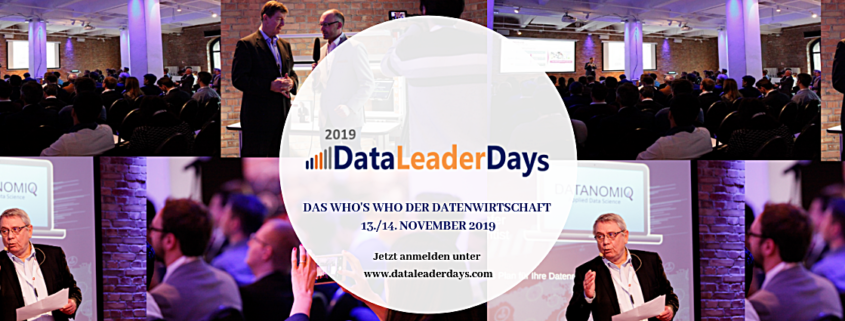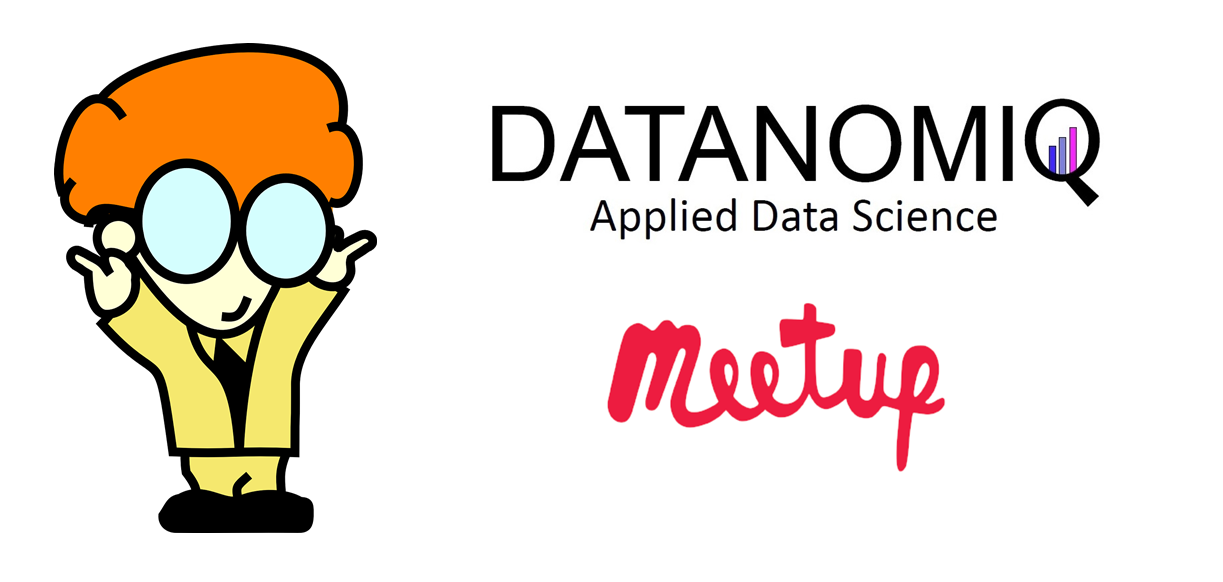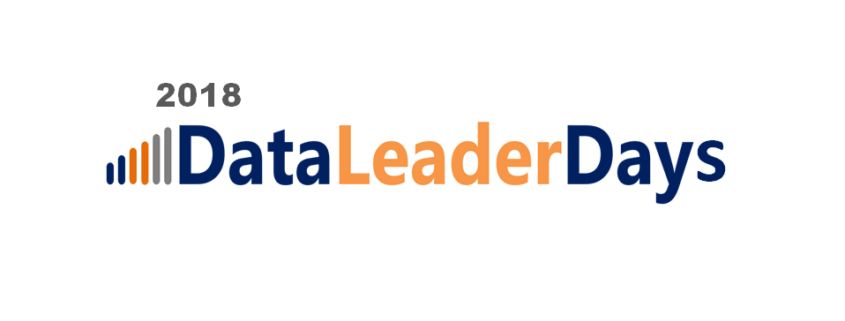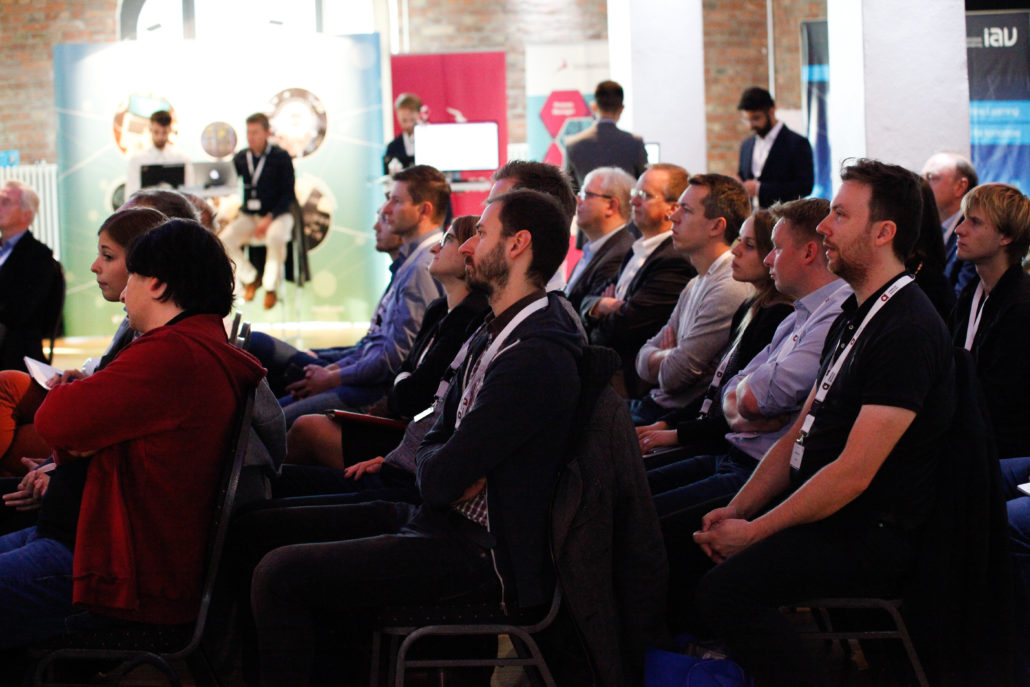How to Make Better Decisions
Humans make decisions all the time. Some of these decisions are minor, like what to wear or what to eat. Some may seem minor, but actually have the potential to make a huge difference in an individual’s life; deciding if it’s safe to cross the road, for example. Of course, as the relative power of a decision-maker grows, the larger the impact, with many decisions affecting whole communities, or even the world.
Treffen Sie bessere Entscheidungen
In the same way, businesses depend on decisions. In fact, any business can be considered as the sum total of all sorts of decisions, large and small, from what new markets to enter into, to the next big advertising campaign, or what color to paint the walls in the new office. In an ideal world, each individual decision within an organization would be just one part of a consistent, coherent strategy driving the entire business.
Unfortunately, for many businesses, this consistency can be quite elusive. It can be difficult just to keep track of what was decided in yesterday’s meeting, let alone weeks, months, or years ago. One way to overcome this challenge is to identify, categorize, and standardize decision-making within your organization.
Strategic, tactical, and operational decisions
In broad terms, there are three ‘levels’ of decisions within a business. Strategic decisions are big-picture, concerning the company as a whole; things like mergers and acquisitions, or eliminating an underperforming line of business. Tactical decisions are those made on specific issues, like where and how to conduct a marketing campaign.
Finally, there are operational decisions, the kind every person in every company makes every day about the way they carry out their work. Examples of operational decisions include how many loyalty points to award a customer, which vendor to purchase materials and services from, how much credit to extend a customer, and many others. Millions of these decisions happen every day.
The cumulative effect of these operational decisions has huge impacts on business performance. Not necessarily on the broader issues facing a company, the way strategic or tactical decisions do, but on how smoothly and effectively things actually get done within the organization.
Risks of poor decision-making
At the operational level, even seemingly small decisions, if they are replicated widely, can have significant repercussions across a business. In many cases, this will mean:
- Reduced operational compliance: employees and systems won’t know what management expects, or what the correct procedure is. In time this may lead to a general failure to comply with directives.
- Less agility: unmanaged or unstructured decisions are difficult to change quickly in response to new internal or external circumstances.
- Reduced accuracy: without a clear decision-making framework, inaccurate and imprecise targeting of process and practices may become more widespread.
- Lack of transparency: employees and management may not be able to see and understand the factors that need to be taken into account for effective decision-making.
- Increased regulatory non-compliance: many decisions affect tax, finance and environmental reporting, where the wrong choice leads to potentially breaking laws and regulations, and the resulting fines and legal costs.
These risks can manifest when decisions are not separated from the daily stream of business requirements. If the “right” decision can only be determined by searching through artifacts like use cases, stories, and processes, or relevant rules and data are spread across different parts of the business, then it is no surprise if that decision is difficult to reach.
How to make better decisions
The right decision at the right time is critical to business success, yet few businesses manage their decisions as separate entities. While most companies use KPI’s (or an equivalent) to measure the impact of their decisions, it is much less common for a business to create an inventory of the decisions themselves.
To overcome this, organizations should consider their important decisions as assets to be managed, just like any other business asset. The most effective way to do this is to make use of Business Decision Management, or BDM, a discipline used to identify, catalogue, and model decisions, particularly the operational decisions discussed above. BDM can also quantify their impact on performance and creates metrics and key indicators for the decisions.
With an effective BDM approach, businesses can then create models of their decisions, and more importantly the way they make decisions, using with Decision Model and Notation (DMN). DMN provides a clear, easy-to-follow notation system that describes business decisions, including the rules and data that drive the decision.
Better decisions with Signavio
The Signavio Business Transformation Suite offers a range of tools not only to support the DMN standard, but also to build a comprehensive environment for collaborating on the discovery, management and improvement of your decisions.
In particular, Signavio Process Manager gives you the capability to standardize, replicate, and re-use decisions across multiple business areas, as well as connecting those decisions to the business processes they drive. Signavio Process Manager empowers everyone in your organization to make the best decision for their work, no matter how complex.
Extracting the decision from the clutches of uncertain management and technology will reap many benefits, including improved performance and reduced risk. If you’d like to discover these benefits for yourself, why not sign up for a free 30 day trial with Signavio, today. Would you like to know more? Read our white paper on DMN.


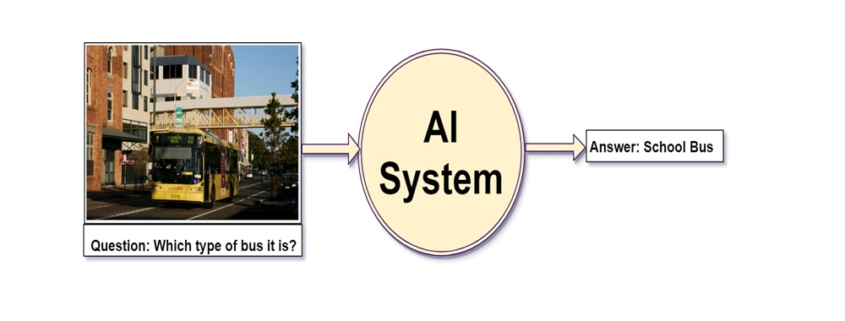




















 gif
gif